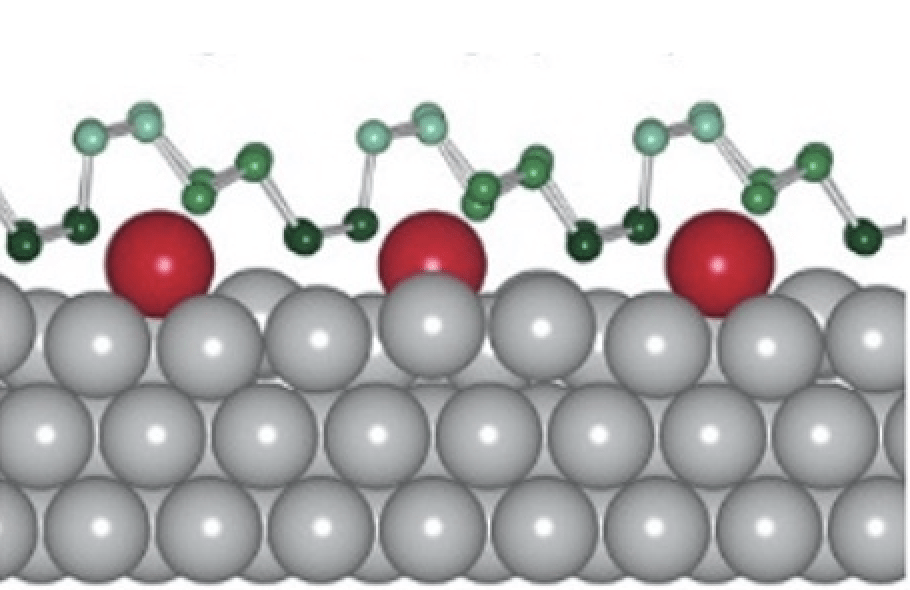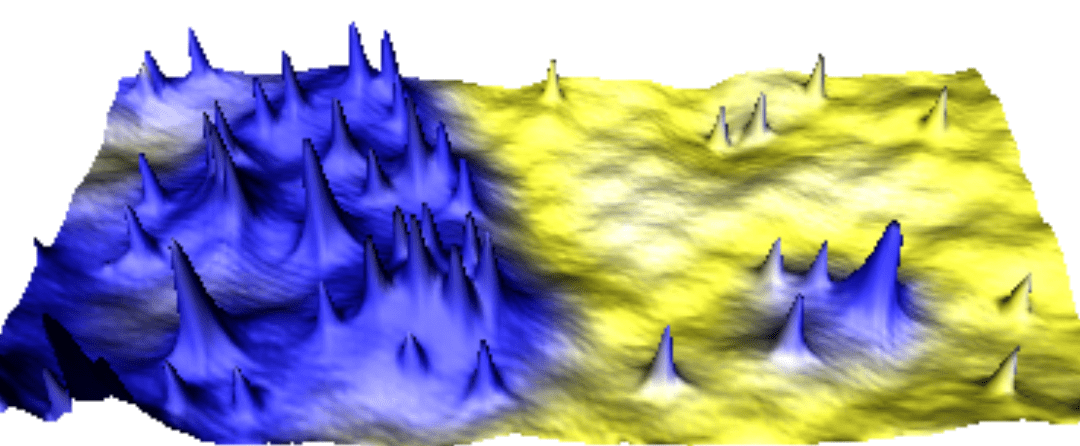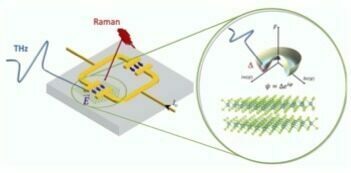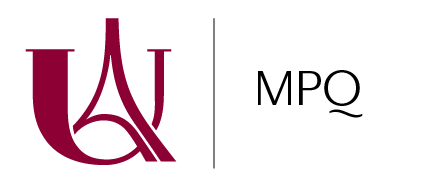
Left: Hong Ou Mandel interferogram and Fisher Information for a Schrödinger cat-like state used in quantum metrology protocols [4]. Right: Experimental setup of a flexible entanglement distribution network [3].
Laboratoire: MPQ (Matériaux et Phénomènes Quantiques), Université Paris Cité & CNRS
Adress: Bâtiment Condorcet – 10 Rue A. Domon et L. Duquet – 75013 Paris
Internship/PhD supervisor: Sara Ducci
Tel: 0157276225
e-mail: sara.ducci@u-paris.fr
Scientific project:
– we will study the quantum properties of the state emitted by electrically injected devices and we will add novel on-chip functionalities for the state manipulation, like electro-optics-based phase shifters.
– in collaboration with the theoreticians of our group, we will exploit the assets of the states emitted by our devices (wide spectral band, frequency anti-correlations, cavity effects) for fundamental studies in quantum metrology [4] and quantum computing [5].
– in collaboration with the team Quantum Information (LIP6) we will work on the deployment of the national quantum communication testbed and we will test the performances of our devices in real-world metropolitan quantum networks.
This project will combine device design and fabrication, quantum optics measurements, and theory and applications to QI protocols. It will benefit from the collaboration with the Center of Nanosciences and Nanotechnologies and will take place in the framework of the national Quantum Communication Testbed Project and of the European Quantum Secure Networks Partnership.
[1] F. Baboux, G. Moody and S. Ducci, Optica Mini-Review 10, 917 (2023)
[2] F. Boitier et al. Phys. Rev. Lett. 112, 183901 (2014)
[3] F. Appas et al. npj Quantum Information 7, 118 (2021)
[4] O. Meskine, E. Descamps et al., https://arxiv.org/abs/2309.10633 (2023)
[5] N. Fabre et al., Phys. Rev. A 102, 023710 (2020)
Methods and techniques: numerical simulations, clean-room fabrication, classical and quantum optical measurements
Possibility to go on with a PhD: YES
Envisaged fellowship: QuantEdu Project, DIM SIRTEQ, Doctoral School
À lire aussi

Electronic properties of strained phosphorene allotropes
(a) sketch of a vicinal surface . (b) One of Phophorene allotropes. (c) STM picture of atomic arrangement. Laboratoire: MPQ (Matériaux et Phénomènes Quantiques), Université Paris Cité & CNRSAdress: Bâtiment Condorcet – 10 Rue A. Domon et L. Duquet – 75013...

Controlling the properties of 2D materials at the atomic scale by defect engineering
Laboratoire: MPQ (Matériaux et Phénomènes Quantiques), Université Paris Cité / CNRSAdress: Bâtiment Condorcet – 10 Rue A. Domon et L. Duquet – 75013 ParisInternship/PhD supervisor: Jérôme LagouteTel: 0157276299e-mail: jerome.lagoute@u-paris.fr STM image (20 nm x 40...

Optical probe of Moiré engineered 2D superconducting materials
Laboratoire: MPQ (Matériaux et Phénomènes Quantiques), Université Paris Cité & CNRSAdress: Bâtiment Condorcet – 10 Rue A. Domon et L. Duquet – 75013 ParisInternship/PhD supervisor: Yann GallaisTel: 0157276989e-mail: yann.gallais@u-paris.fr Scientific project:...

Cavity Higgs polariton
2D TMD embedded in a THz split ring cavity (left) The resulting coupled light-SC matter state is probed by Raman and THz spectroscopy. The SC Higgs mode is a collective oscillation of the SC condensate (right) that can couple to cavity photon to form cavity-Higgs...
